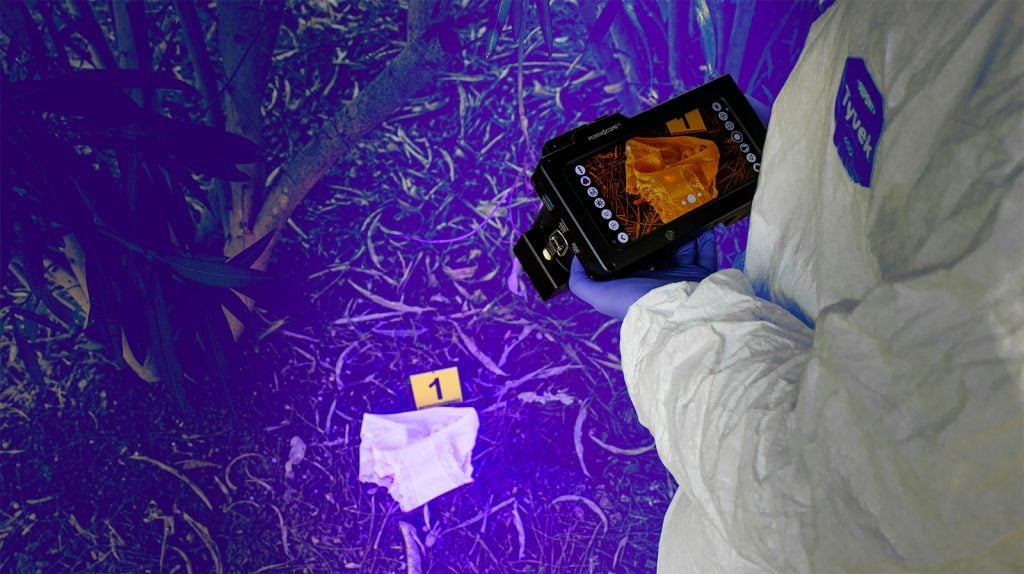
TOUCH DNA SERIES II
Touch DNA technology, which is used in the area for forensic sciences, is among the most frequently used methods, especially in recent years. This method, which has advanced and highly acute analysis and examination technology, brings a careful usage procedure to the timetable for experts. Thanks to that method, it is aimed to avoid false results.

Figure 1.
Advantages of Touch DNA
Thanks to Touch DNA technology, even a trace amount of DNA samples can be resolved in crucial cases. Samples can be sent for examination in small quantities, degraded, or even long-lived. It is possible to obtain a Touch DNA profile from these samples. From the samples obtained can be easy and cost-effective profile comparison achieved by applying STR (Short Tandem Repeat) typing with the analyzed Touch DNA.
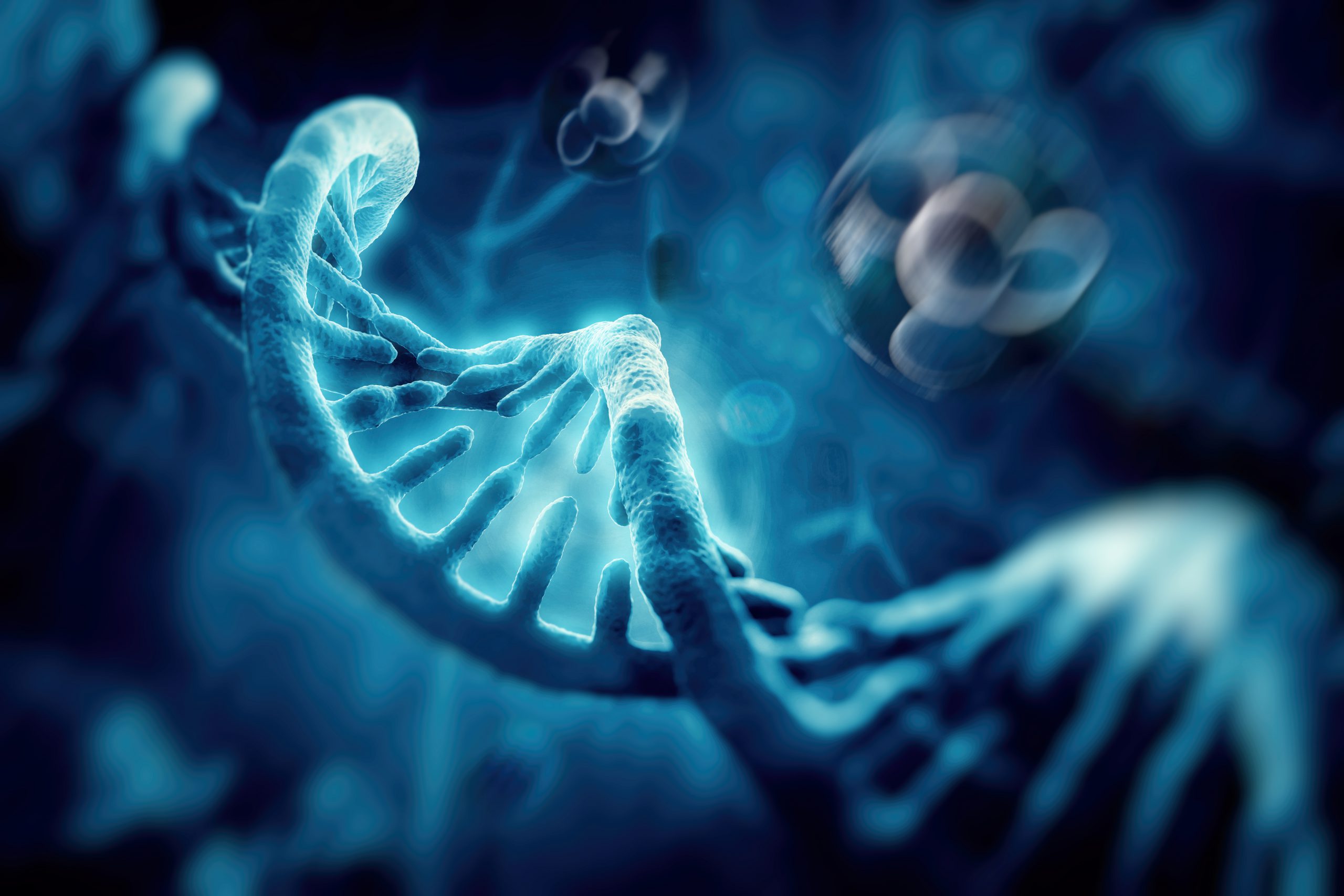
Figure 2.
Limitations of Touch DNA Analysis
Analysis methods of Touch DNA samples have a sensitive procedure. For this reason, there may be a risk of contamination even if experts wear appropriate Personal Protective Equipment (PPE) during DNA analysis. As a result of this risk, the analyzed samples may give false results. Have a sensitive analysis and detection method There is a need for a preliminary study, including experts, during the crime scene investigation. It is recommended to take DNA samples for comparison from all working forensic experts, even from people who had the last contact with the suspect. With these samples, these individuals were eliminated and the identity of the suspect from the remaining profile was recommended. It can be detected easily.
Experts may come across a foreign DNA profile in the samples they analyze. For example, From suspect male profile from a touch DNA sample can also be obtained from evidence from a female victim. Or, if the Male DNA profile does not match the suspect in question, the investigator should reconsider its relevance to the case. Surprisingly the foreign profile can be the actual perpetrator and innocent if the prime suspect is.

Figure 3.
How do Touch DNA Samples Become Contaminated?
Contamination can occur for a variety of reasons. For example; It can be transferred by incidental transfer from crime scene personnel, first responders, laboratory workers, or crime scene equipment such as fingerprint dust brushes. These are possibilities that law enforcement should consider and address in order to move the investigation forward.
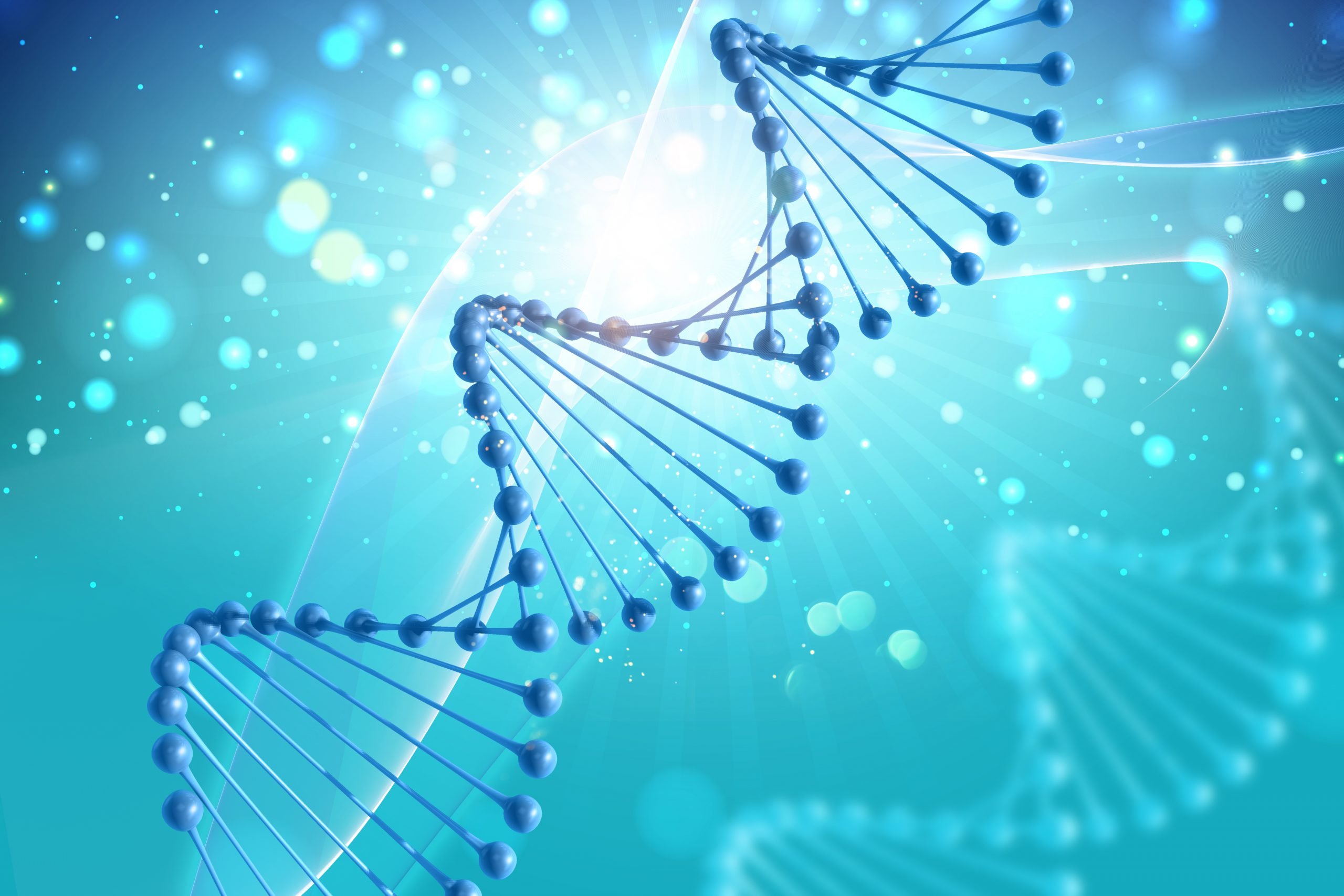
Figure 4.
Touch DNA technology has potential use in criminal investigations. However, the following limitations of Touch DNA technology should be considered when presented to the court.
1.There may be a risk of Touch DNA contamination caused by contaminants present on the target surface.
2.Transfer of DNA to the target surface; may be due to secondary and further transfers that can only be identified by extensive crime scene investigation and case study.
3.There may be difficulties in interpreting Touch DNA mixes. There may be a need to obtain more evidence of the incident.
4.Financial constraints for Touch DNA analysis technology should also be considered. In the reviewing institutions, there may not be a sufficient budget for more than one analysis economically.
5.Profiles obtained as a result of analysis of Touch DNA samples may not have enough loci to compare with profiles in the CODIS database.
There are some rules that must be followed during Touch DNA analysis. These rules may be set for good control and prevention of contamination. Many criminal cases can be resolved through touch DNA analysis.
The Innocence Project
The Innocence Project, briefly; Represents individuals seeking post-conviction DNA testing to prove their innocence. Since 1989, 342 innocent people have been acquitted through DNA testing in the United States.

Figure 5.
Innocence Project; It works to free the innocent, prevent wrongful convictions, and create fair, compassionate, and egalitarian justice systems for all. Founded in 1992 by Barry C. Scheck and Peter J. Neufeld at the Benjamin N. Cardozo School of Law at Yeshiva University; It is an independent and not-for-profit organization. Studies are based on a science-oriented basis.
Since its inception, the Innocence Project has used DNA and other scientific advances to prove false beliefs. As of 2021, he has helped release or pardons more than 300 people sentenced to more than 3,600 years in prison. This has had the effect of reforming many federal laws, thanks to the science-based activities of the Innocence Project.
Famous Cases Solved with Touch DNA
Using Touch DNA technology, some important cases that could not be solved in the past have been resolved. With Touch DNA, many innocent people who were convicted of wrong analysis or incomplete evidence were released. Many files had a chance to re-examine to identify the culprit. Some examples of cases where Touch DNA plays an important role;

Figure 6. (https://tinyurl.com/2p9ck73a)
Beslanowitc, who was crushed to death by a skull boulder, was found on the riverside the morning after the murder by a rancher and his son. The farm owner, who found the naked body of a young woman, immediately called the police and reported the situation.

Figure 7. (https://tinyurl.com/2p96ae7h)
Police found around the body a bloody boulder, suspected to be the murder weapon and a pair of neatly folded socks on the boulder. Apart from socks and bloody rocks, no other physical or forensic evidence was found at the crime scene. Forensic scientists were able to obtain a full DNA profile by performing touch DNA analysis on granite rocks found at the crime scene. Investigators found this DNA profile, via CODIS, to match that of the bus driver working at the resort, Joseph Michael Simpson.
Double murder case: Alan Grna and his mother Julianna
Alan Grna and his mother, Julianna Grna, were found murdered in their bedroom. Police said they both suffered multiple blows to the head with a blunt object, possibly a hammer.

Figure 8. (https://tinyurl.com/ycknpskh)
It was going to light up a very interesting detail. The killer, who felt the need to be cleaned after the murder, made a mistake like using the bathroom, washed his hands and dried them with a napkin. His mistake left traces of the area he was in contact with, there were traces left to get his identity. A toilet paper roll found at the crime scene was found, along with blood stains detected by experts. The touch DNA found on the toilet paper roll solved the mystery in this case. The analysis result was 3 male profiles, and one of those profiles belonged to Johnnie Cook.

Figure 9. (https://tinyurl.com/2p8vu5ds)
Brianna Denison Kidnapping and Murder Case

Figure 10. (https://tinyurl.com/yckrdy2v)
Brianna Zunino Denison was a college student from California who was abducted from a friend’s home in Reno; Nevada, on January 20, 2008. His body was found in a field near the Reno business park after he was sexually assaulted and killed on February 15, 2008. Brianna was 20 when she died.
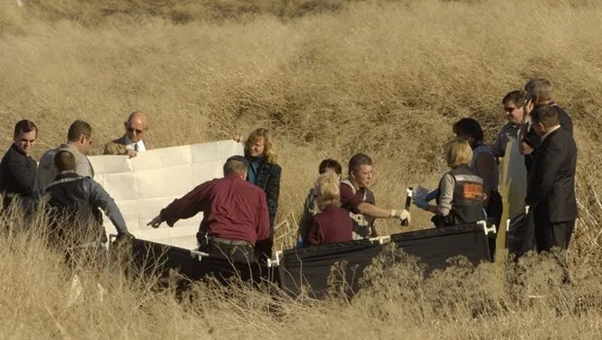
Figure 11. (https://tinyurl.com/yznn5p3v)
Touch DNA analysis was performed from the samples taken from the door handle and underwear found in the house of his friend when he was kidnapped. But no conclusion was reached.
The investigation was reshaped with an anonymous tip made by chance sometime after the incident. As a result of the investigations, a link was discovered between DNA obtained from samples obtained from Brianna’s murder and two previous sexual assault cases. A DNA profile thought to belong to the same person was obtained on both pieces of evidence. Analyzed DNA profile; Paired with James Biela. On November 25, 2008, 27-year-old James Michael Biela was arrested.
The Peggy Hettrick murder and the Tim Masters Case
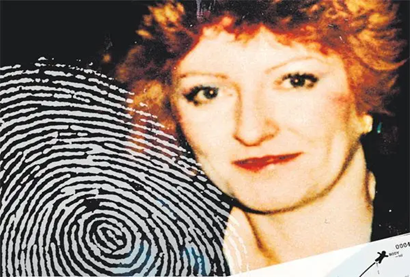
Figure 12. (https://tinyurl.com/my3ar86m)
Tim Masters was convicted of the murder of Peggy Hettrick and sentenced to life in prison in 1999. However, in 2007 doubts arose about Tim Masters’ conviction. The Dutch forensic team, consisting of Richard and Selma Eikelenboom, found the clothes Peggy Hettrick wore during his murder; He reanalyzed it with a new technique called Touch DNA and concluded.

Figure 13. (https://tinyurl.com/35zatpfb)
The DNA from Peggy Hettrick clothes did not match the profile from Tim Masters. Touch DNA technology helped prove Tim Masters’ innocence.
The Case of David Camm

Figure 14. (https://tinyurl.com/4avk22fp)
David Camm was accused of murdering his family. He has released at his third trial thanks to Touch DNA analysis technology. Touch DNA analysis was performed from the samples taken from his wife’s fingernails. As a result of this analysis, a match was found with a profile. The profile was that of his wife’s murderer, Charles Boney. Touch DNA evidence helped acquit David Camm.

Figure 15. (https://tinyurl.com/5n88d5c4)
Case of JonBenét Ramsey

Figure 16. (https://tinyurl.com/bdheed8r)
In the early morning hours of December 26, 1996, John and Patsy Ramsey found their six-year-old daughter, JonBenét Ramsey, missing from her bed in their Boulder, Colorado home. Patsy and John woke up early to prepare for a journey when Patsy found a ransom note on the stairs demanding $118,000 for their daughter’s safe return. Based on the profile obtained as a result of touch DNA analysis from the samples obtained from the clothes, a lawsuit was filed again, and it was requested to be examined. However, no match was found in the profile obtained as a result of the examinations made on the samples obtained. The JonBenét Ramsey case is still unsolved.


